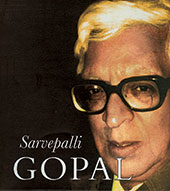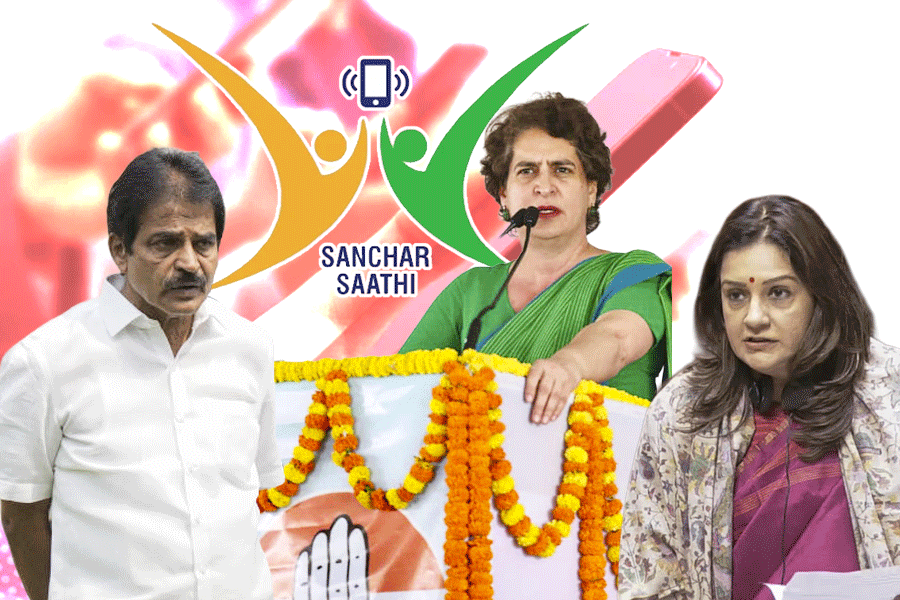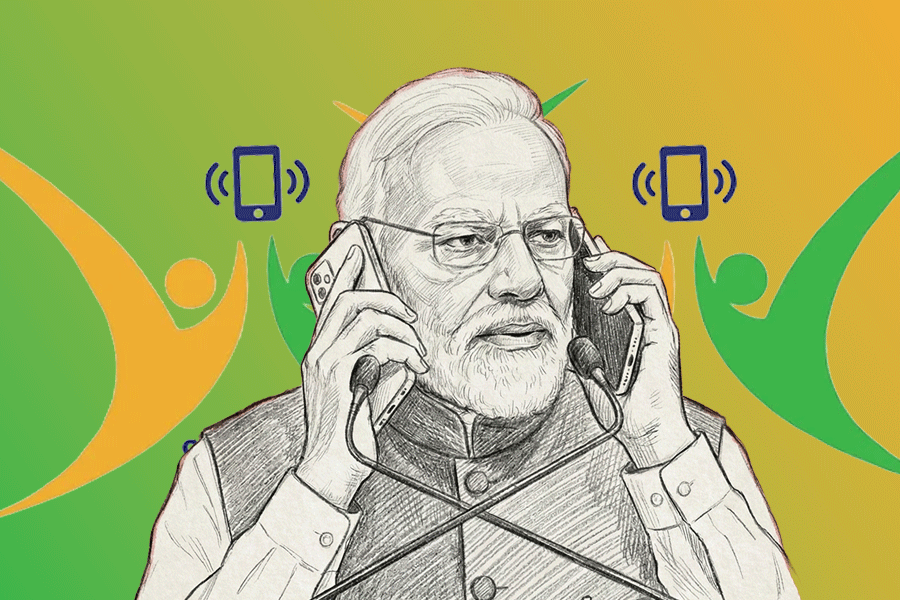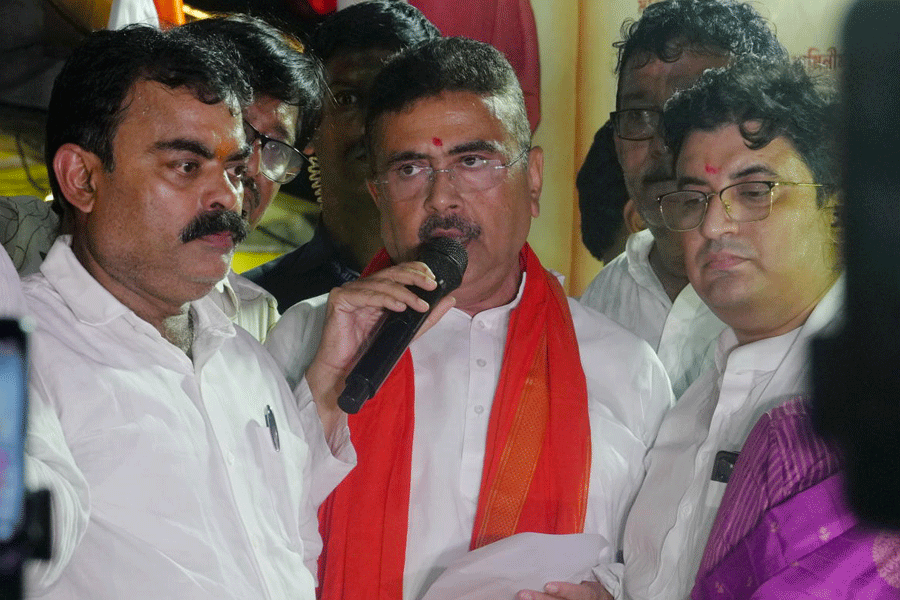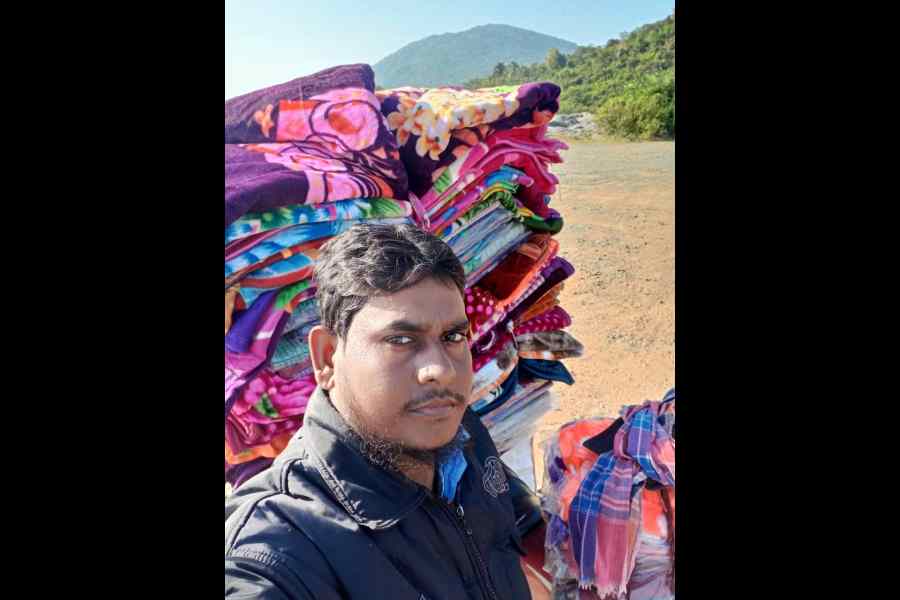 |
Sarvepalli Gopal, the collected essays: IMPERIALISTS, NATIONALISTS, DEMOCRATS Edited by Srinath Raghavan, Permanent Black, Rs 895
“Jawaharlal was the hero of my youth... to me his image still glows’’: so Sarvepalli Gopal in his preface to the first volume of his biography of Nehru. I could have written the same words about Gopal. He was my teacher at JNU, a mentor and later a friend. I respected and admired him. The hours I spent with him over two decades were full of fun and banter: they are among my most treasured memories. It is proper that I should declare my relationship with Gopal before I begin to review his essays. It is difficult for me to be objective about Gopal just as it was difficult for him to be objective about Nehru. Gopal tried to be objective about his hero, I won’t even try to be about Gopal.
The first thing that strikes a careful reader of this volume is the amount of archival research and reading that he did. This point is worth making because Gopal conveyed the impression, particularly to those who did not know him well or did not know him at all, of being too laid back. He wore his learning lightly and never spoke about the time he had spent in various archives. It is also worth remembering that much of this work was done before the arrival of the Xerox machine and the computer. (To be honest I cannot conceive of him hammering away at the keyboard of a computer.) Take the example of the two essays he wrote on “All Souls and India’’ — perhaps the last long essays he wrote. These were lectures he had delivered as Chichele lecturer at All Souls in 1991. For these lectures he consulted in some detail the relevant private papers in the Bodleian Library, Oxford, in the India Office Library, London and in the University of Cambridge.
Gopal had established, through his studies of Ripon and Irwin and of British policy in the post 1857 years, a mastery in the handling of private papers of eminent personalities. This command was evident also in his biographies of Nehru and of Radhakrishnan. In some of the essays this ability to relate his reading of the private papers of individuals to the wider trends of history and politics is noticeable. He revisits the viceroyalty of Irwin in one essay which was written forty years after the book on the viceroyalty. This essay shows that Gopal, more perhaps than any of his critics, was aware of the shortcomings of his book (“a rash undertaking’’) and how quick he was to revise his opinions with the availability of sources that were closed when he wrote the book. This was typical of the man and the scholar: he was quick always to correct and revise his views when required. He was not only open minded but also fearless.
There are some essays here that have never been previously published. The most remarkable of these is the one entitled, “Tradition and Dissent: The Paradoxes of Subhas Bose’’. The essay is not dated but the text suggests that it was written in 1990 though it offers no clues regarding why it was written. Its non-publication will also remain a mystery. Gopal argues that it is unfair that Bose, a man “with so many talents and prodigious effort’’ who was “deserted by conventional fortune’’ should be viewed harshly. In retrospect it seems as if “all the dice [were] clearly loaded against him’’. Bose does not need “emotional sympathy’’ because he has “earned objective scrutiny’’. Gopal then proceeds to unravel the ambiguities and contradictions in Bose’s life and career as well as his strengths. The net result is a superb piece of historical analysis. It is good to have this essay back into the folds of modern Indian historiography.
Another unpublished gem, of a different kind than the historical essay, is the diary that Gopal kept when he visited Israel in July 1973. The diary entries show his acute powers of observation, his curiosity and also his characteristic sense of humour. Thus in the very first entry we read how he boarded an El Al flight that was full of security men. Gopal had heard in London that El Al hijackers are shot with flattened bullets and their corpses dropped into the Mediterranean. Gopal then writes, “I am scared to do anything which might land me with a bullet — like picking up the fork with the right hand for example. So I sit quietly not moving more than I need to and reading Agatha Christie’s ominously worded Appointment with Death.”
The essays are introduced by the editor of this volume. The Introduction is a piece of writing of which Gopal himself would have been proud. I cannot think of any higher praise than this. Srinath Raghavan’s research into Gopal’s career is deep and he carefully places the essays in their context. It is a revelation to learn that his original name was Ramachandra. But Radhakrishnan’s neighbours in Calcutta began to call the boy Gopal and this is the name that came to be formalized with the blessings of Ashutosh Mookerjee.
Would Sarvepalli Ramachandra have sounded the same as Sarvepalli Gopal? Would he have been the same historian with a different name? To all of us who knew and loved him Gopal he was and Gopal he will remain — the Peter Pan of Indian historians, caring, brilliant and a man whose laughter never allowed him to age even when illness crept up on him like a “privee theef’’.

